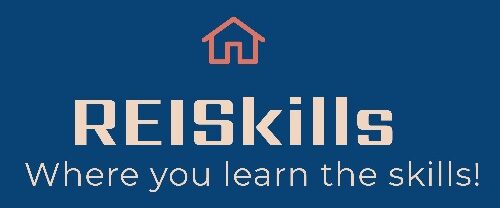About Us
 Well I’ve been working in real estate for over 35 years now. I bought and sold property in a few different countries too.
Well I’ve been working in real estate for over 35 years now. I bought and sold property in a few different countries too.The most important thing to remember is look for a problem because you can’t make any money without a problem.
The best problem to solve is a problem of condition . You can’t move the property to another location, but you can change the condition of a property.
Another problem to solve is debt relief, or pain pressure, with money to be paid urgently .
If there’s urgent need for money to be paid such as pre foreclosure due to payments being 1 or 2 or 3 payments behind, the seller will many times accept a creative offer.
What is the creative offer? Well take a look through the buying strategies on wiki.reiskills com and you’ll find out many different ways to buy a property.
Regarding selling, you can sell for cash but selling for cash doesn’t necessarily help long term cash flow needs.
For instance , think about cash flow needs over the next 30 years that you have for your family. Let’s say that you need $5000 to get through the month to pay $3500 in net income for your bills: rent, food, cars, insurance, retirement savings, I call that “your nut.”
Ideally in real estate investing you should be doubling your nut every month (for $3500, that’s $7000) for $7000 a month in net income or after tax income.
$7000 a month is like $11,000 gross after expenses.
How do you make $11,000 gross after expenses?
My favorite way to do that is a lease option assignment with a low equity deal.
My gross fee is generally a minimum of 3% of FMV (Fair Market Value).
Example: 3% of $150,000 FMV is $4,500.
For instance say the seller owns a nice house in a nice area in a nice school district.
- Market rent for the house is $1500 a month ,
- it’s a 3 bedroom 2 bath
- 2000 square foot house
- 2 car garage
- Fenced in Yard
- PITI on the House is $1200 a month with a good low rate mortgage of four and a half percent fixed.
So obviously this house cash flows.
One of my favorite tools to acquire properties is “subject to the existing financing” and a “Land Trust“.
You can simply take over the $1200 a month payments own on the House this is also called “get the deed”.
So you could buy on subject 2 and the exit strategy would be a lease option or rent to own.
Let’s say the house is in good condition for a rental, add you list this house for a Lease To Own, the renters going to sign up one year lease with possible extensions of the lease, and an option to purchase that is separate from the lease, with 3% option fee that is not refundable.
Make sure that the lease on the option agreement are separate in case you need to go to court.
You want a lease that does not refer to the option and an option that does not refer to the lease.
the end result is you bought (controlled) a house and you have 3% down an cash flow $300 a month.
Is that a good strategy to get started? I think so.
You can also do at lease purchase strategy where you can control the property with a lease purchase arrangement with the seller , which allows you to sub-option and sub-lease the house. This is called a sandwich lease option which places you in the middle.
I like lease purchase arrangements with sellers that have a free and clear house but maybe does not want to improve the condition of the house. With just some paint and carpet you can improve though condition very easily.
The exit strategy is a lease to own as described before.
Many times you can do a lease option assignment where you’re just assigning the deal for a fee.
This is like wholesaling where you create a sale and purchase agreement and assign or sell the paperwork for a fee.
Now I always tell folks that there’s four things that you need to work on during your work week.
If you do these 4 things you will be successful.

